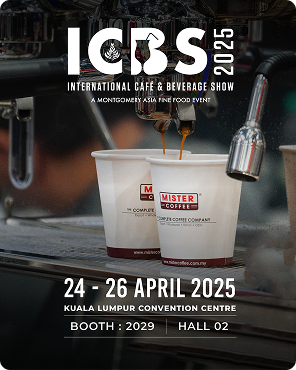Understanding Espresso
Published on Jun 18, 2021 | Author: Brenda Yeoh
“I need a shot of Espresso to keep me awake.”
Sounds familiar?
Trust us, we have all been there. Usually with a shot of Espresso on hand, or maybe two shots.
Fret not. We got you covered with these 6 factors that you should consider when brewing a good cup of Espresso.
What is Espresso?
If you’re one of those people who live on coffee or a coffee hopper, you must be familiar with Espresso. It is a concentrated coffee beverage with a golden layer that sits on top, which usually gets coffee lovers excited and anticipated about. Most of the time, Espresso is used as the base of many coffee drinks such as Latte, Cappuccino, Americano, Flat White, and many more.
With only Espresso, it is usually served in a small one-ounce shot, or two-ounce double shot in a specially made Espresso cup known as “Demitasse Cup.” With that said, it is a drink bursting out with its flavour, and an overall more intense experience than any coffee can offer. A common way to brew Espresso is by applying pressure to force a small amount of hot water through finely ground coffee using a semi-automatic coffee machine.
The Essential Part Of Making An Espresso
On making Espresso, James Hoffmann, one of our favorite coffee experts said; “Espresso is probably the most intolerant method of preparation of any food or drink in the world.” However, these are the 6-basic mechanics in brewing Espresso among coffee lovers, baristas, and even specialists. Here are some starting rules:
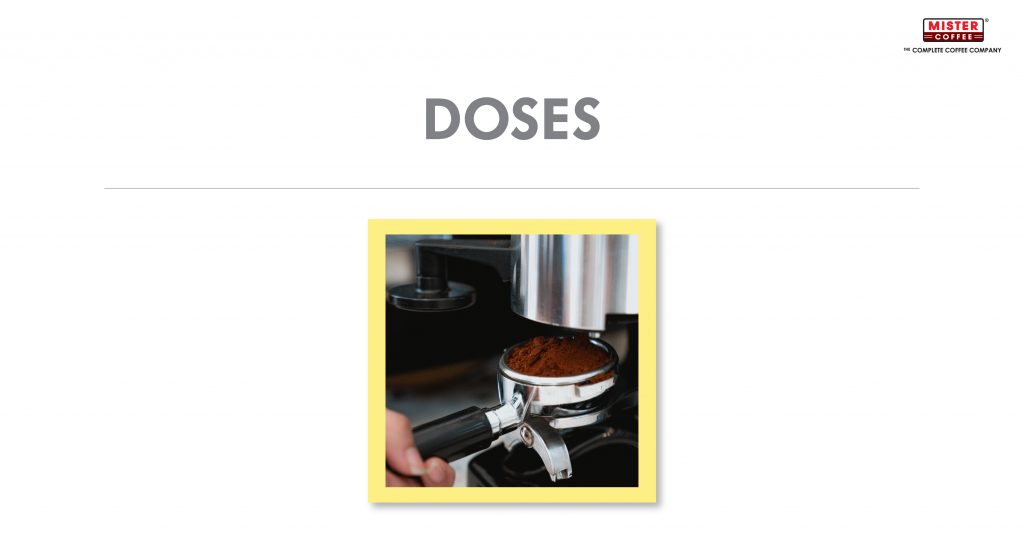
1) Doses
If you are wondering how many grams you should use, always check your portafilter’s basket size. Why? The basket size should tell you roughly more or less grams you should use your coffee. If you start without checking your portafilter’s basket size, chances are your coffee will not be consistent every time you brew. Your coffee will probably end up sour, harsh, under-extracted, or thin-bodied. And that affects the overall Espresso taste.
How many grams should you use?
For example, if you are using a 20 gram portafilter’s basket, you will want to use approximately 20 grams of coffee. Depending on your roast level, you will want to use a bit more or less coffee. According to James Hoffmann, your tastebuds will thank you if you go for a lower dose for a lighter roast. For darker roast, we’d recommend using a bit bigger dose approximately 20-21 grams in a 20-gram portafilter basket.
What happens if you use a lesser dose?
If you were to use a lesser dose in a big basket, this will cause channeling as there is too much space for water. By channelling meaning, the water is not running evenly through the coffee puck. So, if you were to use less dose, we’d advise you to change to a smaller basket. We want to avoid channeling as this will cause your basket to be messy, watery and your coffee probably be under-extracted. So, save yourself some trouble, and always check your basket size before dosing your coffee.
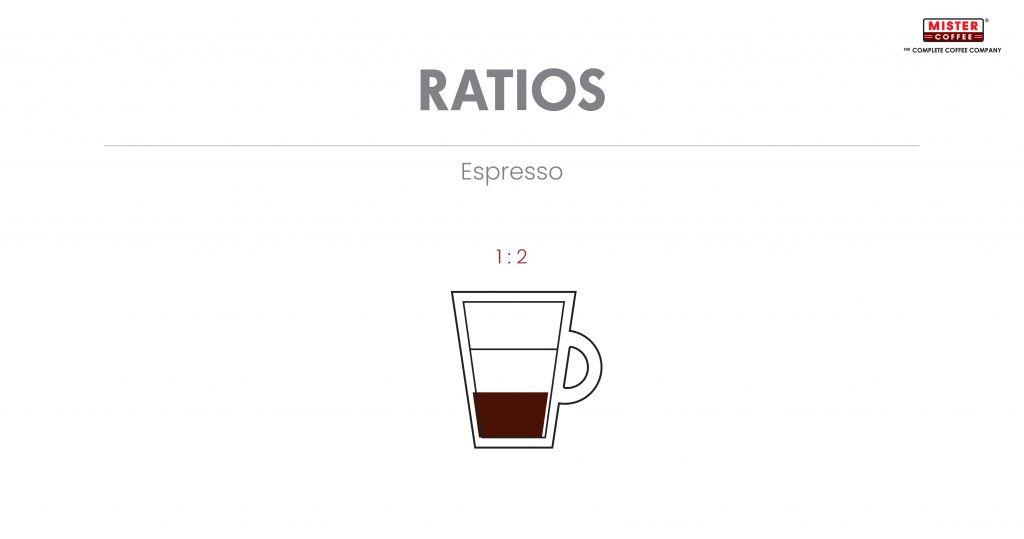
2) Ratios
In the world of Espresso, a consistent tasting experience is very crucial. And this is when the ratio comes into play. When brewing espresso, the ratio has strong impacts to the taste of it.
Every coffee baristas, and even coffee lovers tends to follow the brew ratio. It’s not a rule, but it is a guideline for them to make a good cup of Espresso. The reason why we emphasize the brew ratio is that the more water you use, the more soluble material you’re going to pull. This is called “extraction.” You do not want an excessive amount of water during your extraction process, because then it will increase your extraction and at the same time, you are decreasing the strength of your Espresso, and it makes it diluted.
The amount of liquid that ends up in your cup should correlate to the amount of ground coffee that you started with in espresso making. That’s where you will find a “sweet spot” in your Espresso, not being under-extracted and overly diluted.
The recommended brew ratio in making an Espresso
The common brew ratios in a classic Espresso from coffee-to-water is 1:2. For example, 18 grams of coffee yields 36 grams of liquid espresso. Primarily, dial in your espresso to ensure you get your preferred taste.
Note: Find your own golden ratio.
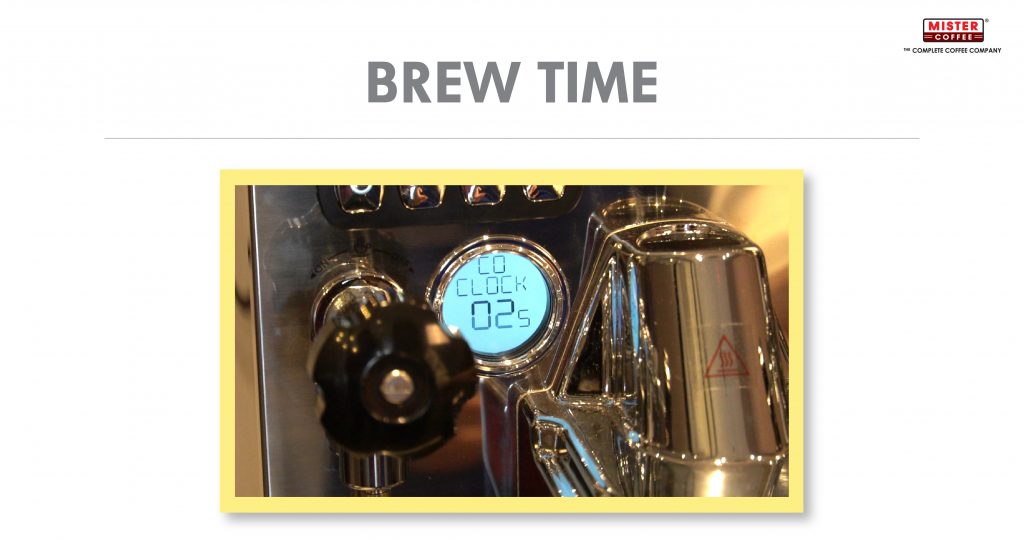
3) Brew time
While tracking and measuring your cup is equally important, brew time doesn’t really consider an important variable. Once you start your brew time, there is nothing you can control. However, this will always tie back to these factors for example, grind size, dose, and tamp. If you have adjusted it accordingly, brew time is not really an issue.
What is brew time?
Brew time is the time from pushing the start button on the machine until pushing stop. The recommended brewing time should be in the region of 25-30 seconds, which is a great rule for people getting into Espresso. However, brew time within those seconds will only tell you how difficult that was for the water to get through that coffee puck in the portafilter.
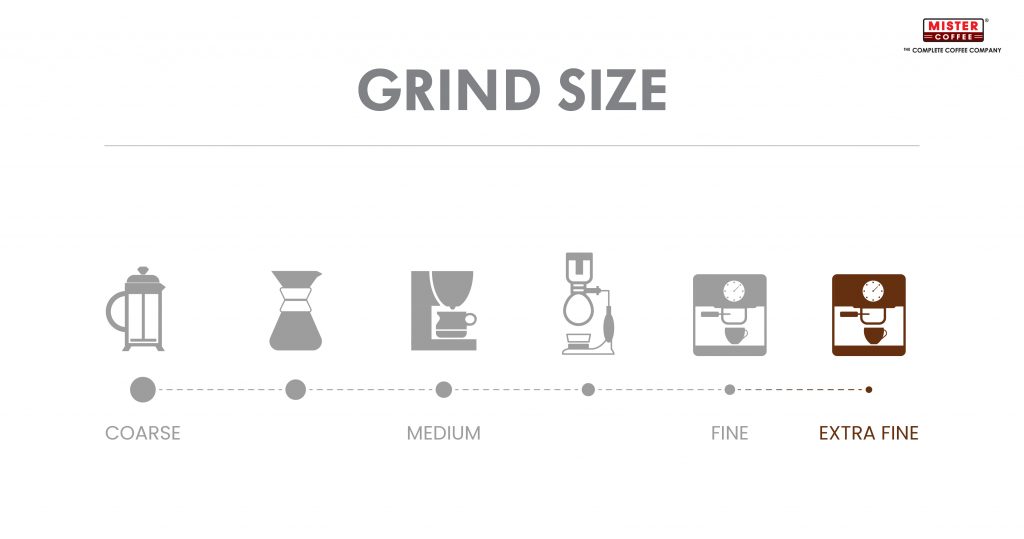
4) Grind Size
When coming to grind size, it is a process that is often tricky. It is one of the common mistakes even the most advanced coffee lovers make. Your coffee grind size determines the extraction, which means it can affect the taste of your Espresso.
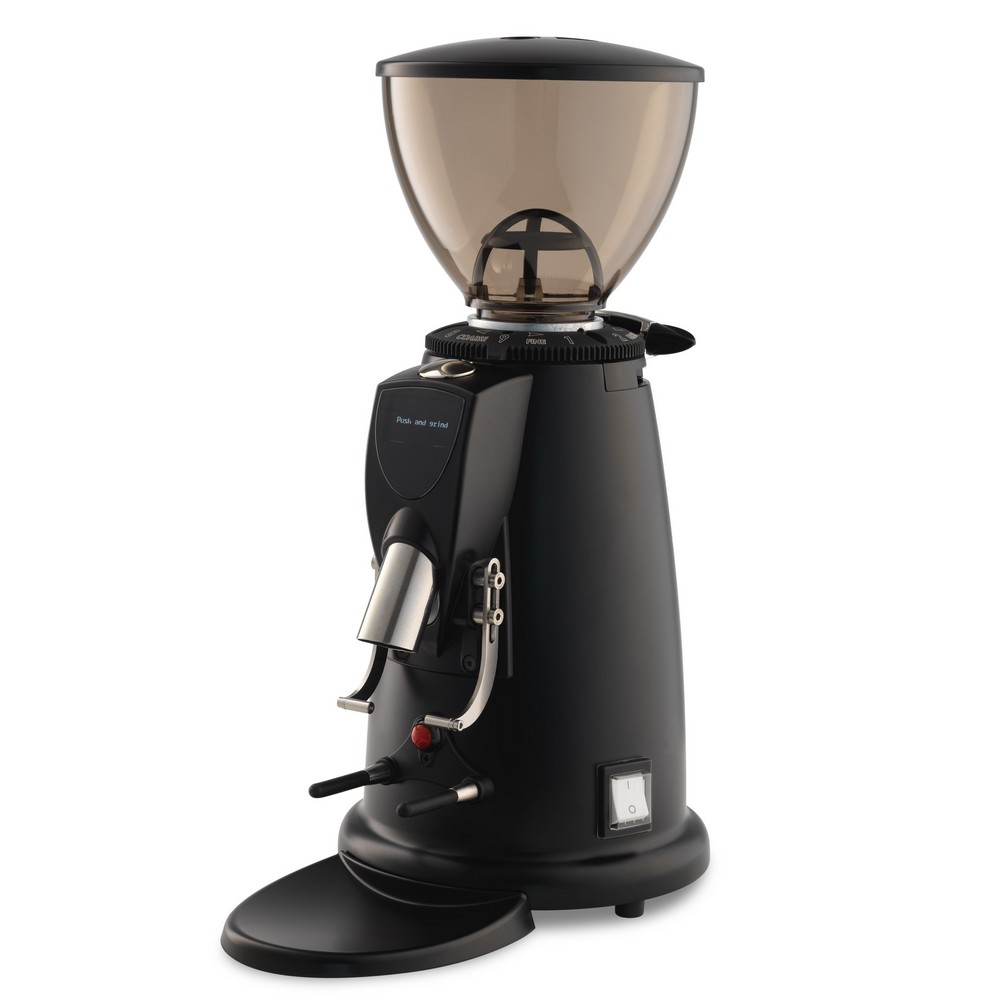
Let’s start with a good grinder. When it comes to making the perfect cup of coffee, the grinder plays an important role. If you try to get away with your local supermarket grinders, you will get a mixture of uneven, odd-sized chunks, and fine powder which causes all sorts of problems.
A good quality grinder will churn out a consistent even grind. It will ensure the ground coffee does not clump together, and still keep the beans cool while grinding. The best part of having a top-quality grinder is it helps to evenly distribute coffee in the basket. Hence, we recommend the above, MACAP M42D Coffee Grinder Digital. It is a top-quality semi-professional grinder that is suitable for home coffee users, coffee lovers, and even restaurants that require low traffic flow.
Note: With this grinder, you can customize the grind size for your coffee beans. Thus, we strongly recommend this grinder for coffee enthusiasts.
Why does grind size matter?
In essence, more coffee will add more resistance. So, the finer your ground coffee is, the better they fit in the portafilter. This will result in smaller gaps between the ground coffee. Therefore, it is harder for the water to flow through.
In other words, having the right grind size is more critical than setting the perfect brew time. That will expose the right kind of surface area of ground coffee, meaning enough of the coffee is soluble that the resulting espresso tastes good.
What is Mister Coffee’s recommended grind size?
When ordering from our website, the recommended Espresso grind size is extra fine. The reason why we recommend extra fine is that you will expose a lot more surface area of the ground coffee. The more surface area is exposed, the more useful for extracting its coffee flavor. Thus, different surface areas can affect the way coffee grounds interconnect with each other.
What happens if you get an uneven coffee ground size?
Always purge out some of the old coffees in the grinder. This is to push the old grounds that are sorted at the wrong ground setting. So, it is crucial to set the coffee grinder to the right one because without grinding finely fresh coffee, your Espresso won’t be able to extract the “sweet spot” that Espresso offers.
Note: If the coffee purges out too fast, it means too coarse. And when the coffee purges too slowly, it means too fine.
Additionally, whenever you need to adjust the grind size, we encourage you to purge out some extra coffee until you find your preferred size.
Tips to get a perfect cup of Espresso
A good cup of Espresso takes time, patience, and maybe a few to many brewed cups in order to get that perfect Espresso. If you find your Espresso dominantly sour, we would advise you to grind a little finer. If it is too bitter and harsh, then set your grinder to a little coarser.
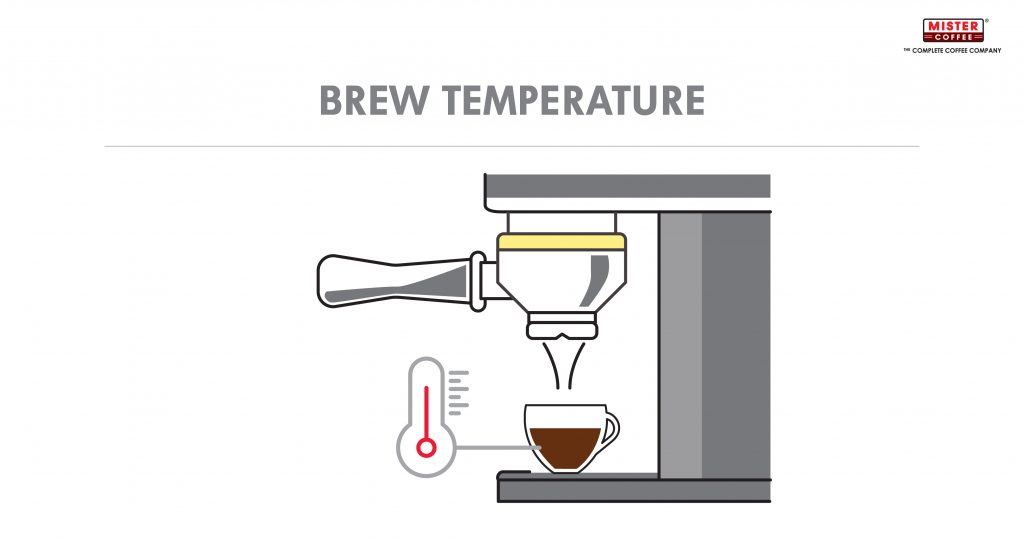
5) Brew temperature
Brewing at the wrong temperature can affect the taste of Espresso. Setting a temperature too hot can cause your coffee grounds to be over-extracted. And it will make the Espresso bitter, and an overall unpleasant experience.
On the other hand, cooler temperatures will extract less efficient. Brewing with cold water can affect the flavour as well, causing the Espresso to be under-extracted. The result of brewing Espresso with cold water is sour and flat as the coffee grounds aren’t extracted enough. Below explains how you can overcome this variable.
How to avoid Espresso being overly and under-extracted?
It is very difficult to decide about changing temperature based on only one or two Espressos. So, to avoid your Espresso to be over and under extracted, you must first check your coffee ratio and the dose correctly, because these are the biggest components to begin with. If you follow the guidelines on the ratio, dose, and recipes, you could take this opportunity by increasing the temperature. That way, you can increase the extraction in order to get a clean cup. If the coffee is a little sour, we’d advise you to analyse the coffee ratio first before jumping straight to adjusting the temperature.
The ideal brew temperatures in making an Espresso
We recommend a few suitable brew temperatures for different types of coffee roast level. For darker and more developed beans are suitable to be brewed from 85 to 90 °C. And between 88 to 92 °C is suitable for a medium Espresso style roast. Or you can just go with anywhere from 90 °C to 95 °C. To sum up, never use boiling water or cold water. Keeping it between 90 °C to 95 °C would be perfect in making an Espresso.
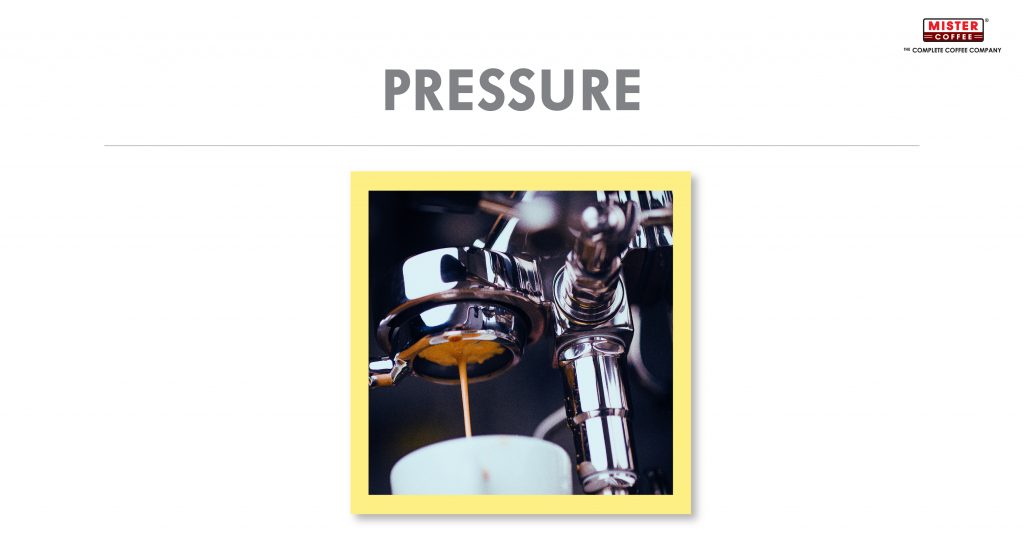
6) Pressure
Pressure profiling is an interesting experimentation and discovery. Yet, the topic ‘pressure’ is not often talked about. Most of the discussion remains more about how to build it, rather than measuring up to desirable profiles. Initially, it is exciting how to build it, but soon it is difficult to know if you are making your Espresso better or just different.
What does nine bars of pressure mean?
Bars are a measurement of pressure. The higher the number of bars in an Espresso machine, the more pressure.
Having nine bars in an Espresso machine is standard and it is already set from the factory. It is considered to be the average of a spring profile and the peak of flow for most Espresso machines.
Therefore, the pressure around nine bars is the optimum brew pressure when making an Espresso.
How do we control pressure?
It is important to note that more pressure doesn’t mean that you are pulling good quality shots. If you have too much pressure, your Espresso will be over-extracted and bitter. And with too little pressure, your Espresso will be under-extracted and weak.
To set the right pressure, firstly you need to have the grind size correctly dose, and properly tamped into a portafilter. It will then creates a puck that will result in a dense surface area that will offer resistance to the water.
The pros of a pump machine
Like in your local café, having a pump machine is convenient. It will make a consistent cup of Espresso every time. The temperature remains consistent, and creates the ideal amount of pressure to make crema sitting on top of the Espresso.
Every time you make coffee, there are many factors to look at. For example, freshness of the coffee beans, roast profile, the correct grind size, ratio of doses, and most importantly the patience and skills of a coffee enthusiast. If you really want good Espresso quality, pressure is definitely needed. And most of the time, it will be nine bars.
Conclusion
Consider these essentials as a car with four wheels. Imagine if one of the wheels is flat, the journey of the car ride will not be smooth. So with these basic Espresso essentials, you will start to learn how to finely tune the flavours and textures of your Espresso drink.
Experience good quality Espresso series with Mister Coffee. Freshness guaranteed! Shop now: http://bit.ly/mistercoffeeshop

Related Articles

How To Steam Milk Consistently For Espresso
Steaming milk may seem easy. However, it takes skill to achieve the creamy microfoam milk that is suitable to create...
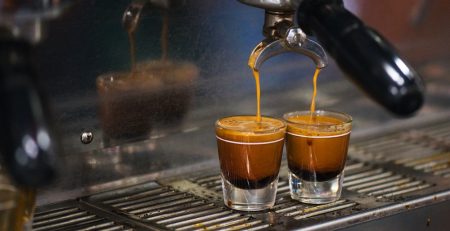
How To Make A Good Cup Of Espresso
If you are new to the world of coffee, you must be asking what Espresso is. No shame in asking...
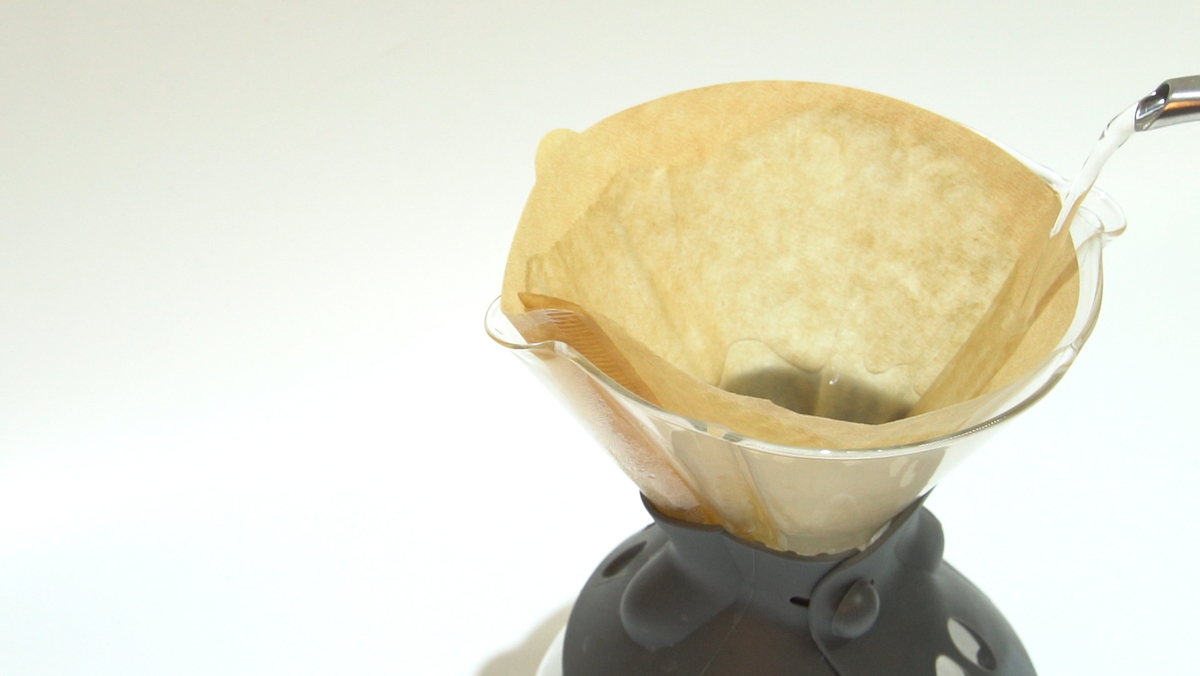
How To Make Pour-Over Coffee
As complicated as pour-over coffee sounds, the brewing process is surprisingly simple and the results can be so satisfying....
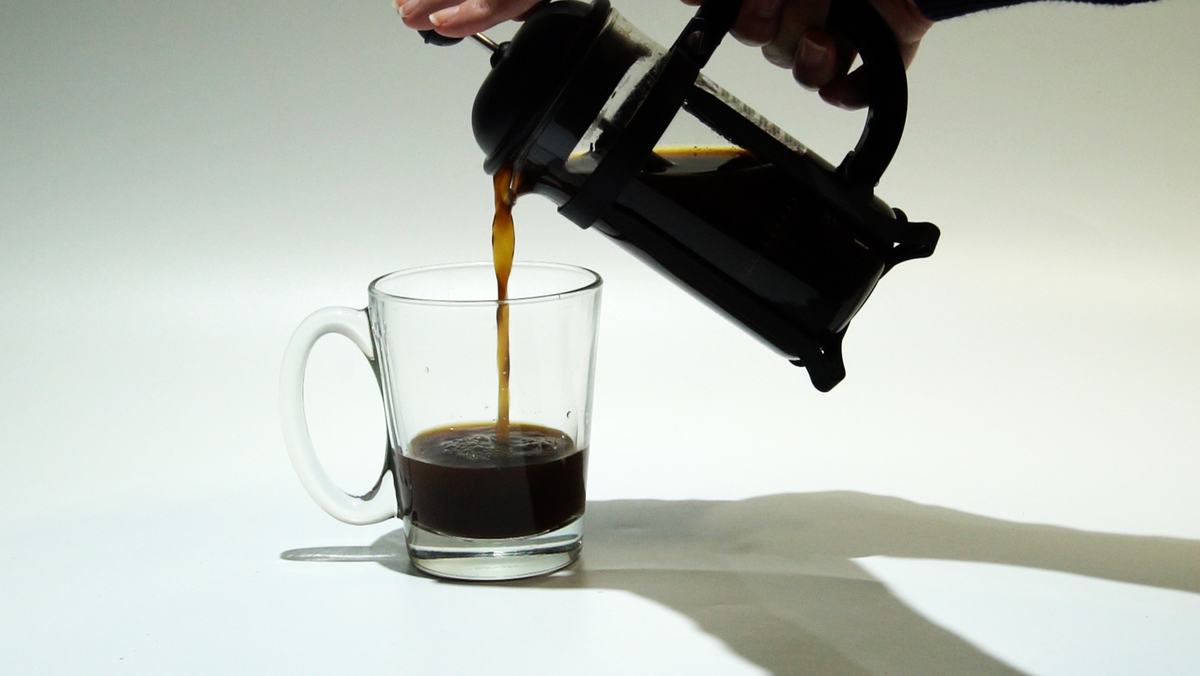
How To Use French Press With Ground Coffee
French Press is one of the most popular coffee brewing methods. It allows coffee lovers to brew a cup of...
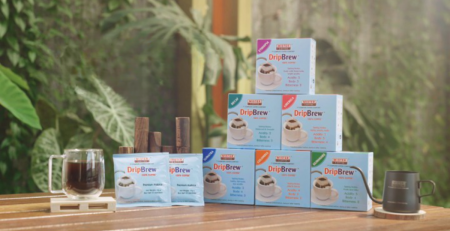
Guide To Brewing DripBrew
If you are a coffee lover, you probably have seen drip bags around. But did you know that the single-serve...
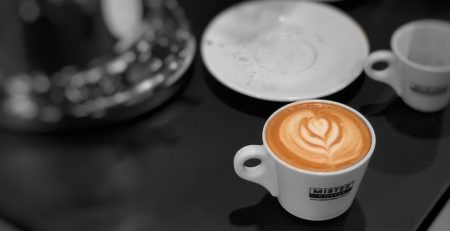
Guide To A Perfect Latte Art
Latte art is a beautiful thing. You can be an art critic and still drink your coffee at the same...

How To Steam Milk Consistently For Espresso
Steaming milk may seem easy. However, it takes skill to achieve the creamy microfoam milk that is suitable to create...

How To Make A Good Cup Of Espresso
If you are new to the world of coffee, you must be asking what Espresso is. No shame in asking...

How To Make Pour-Over Coffee
As complicated as pour-over coffee sounds, the brewing process is surprisingly simple and the results can be so satisfying....

How To Use French Press With Ground Coffee
French Press is one of the most popular coffee brewing methods. It allows coffee lovers to brew a cup of...

Guide To Brewing DripBrew
If you are a coffee lover, you probably have seen drip bags around. But did you know that the single-serve...

Guide To A Perfect Latte Art
Latte art is a beautiful thing. You can be an art critic and still drink your coffee at the same...

How To Steam Milk Consistently For Espresso
Steaming milk may seem easy. However, it takes skill to achieve the creamy microfoam milk that is suitable to create...

How To Make A Good Cup Of Espresso
If you are new to the world of coffee, you must be asking what Espresso is. No shame in asking...
Your Trusted Coffee Partner
Since 1982, Mister Coffee has been a trusted partner for businesses seeking premium coffee solutions. We source top-quality beans from 25+ countries and craft precision roast profiles for optimal flavor. As a Halal-certified supplier, we ensure quality, consistency, and competitive pricing to help you maximize profits without compromising taste. Whether you run a café, restaurant, or retail business, we provide the perfect coffee products tailored to your needs.

